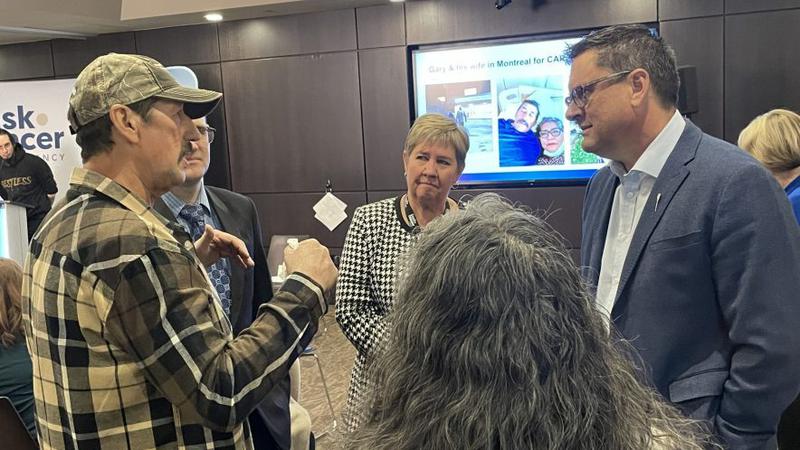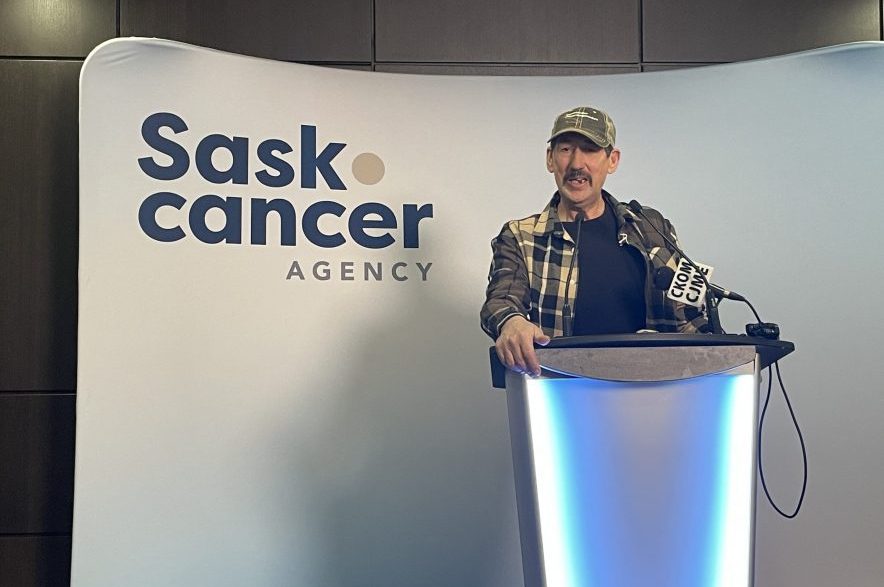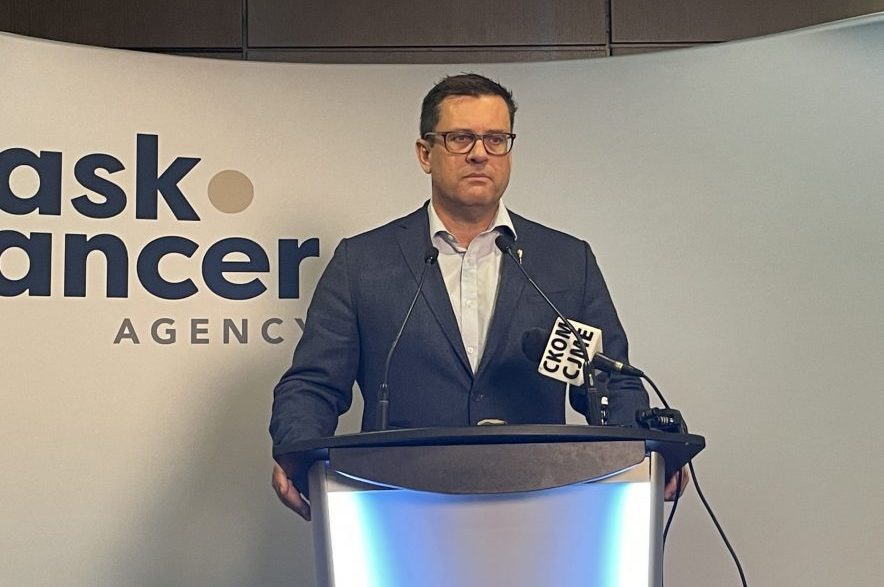
Sask. offers hope to cancer patients in form of new treatment
Gary Carriere was told more than once he was going to die.
The cancer survivor from Cumberland House underwent aggressive chemotherapy and a stem cell transfer before travelling to Montreal to receive a last-resort treatment, Chimeric antigen receptor (CAR) T cell therapy.
That was four months ago. Today, Carriere can’t believe he was sick.
“Night and day,” Carriere repeated, emphasizing the difference between how he felt with the disease compared to now.





